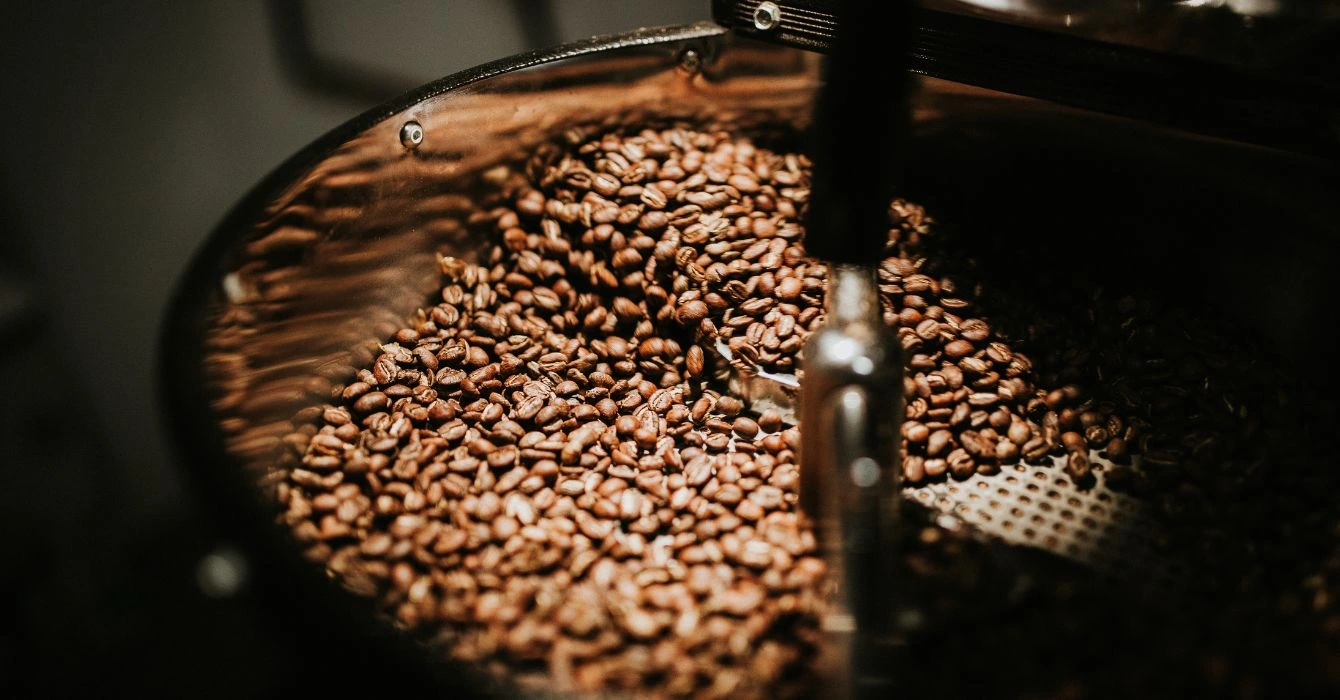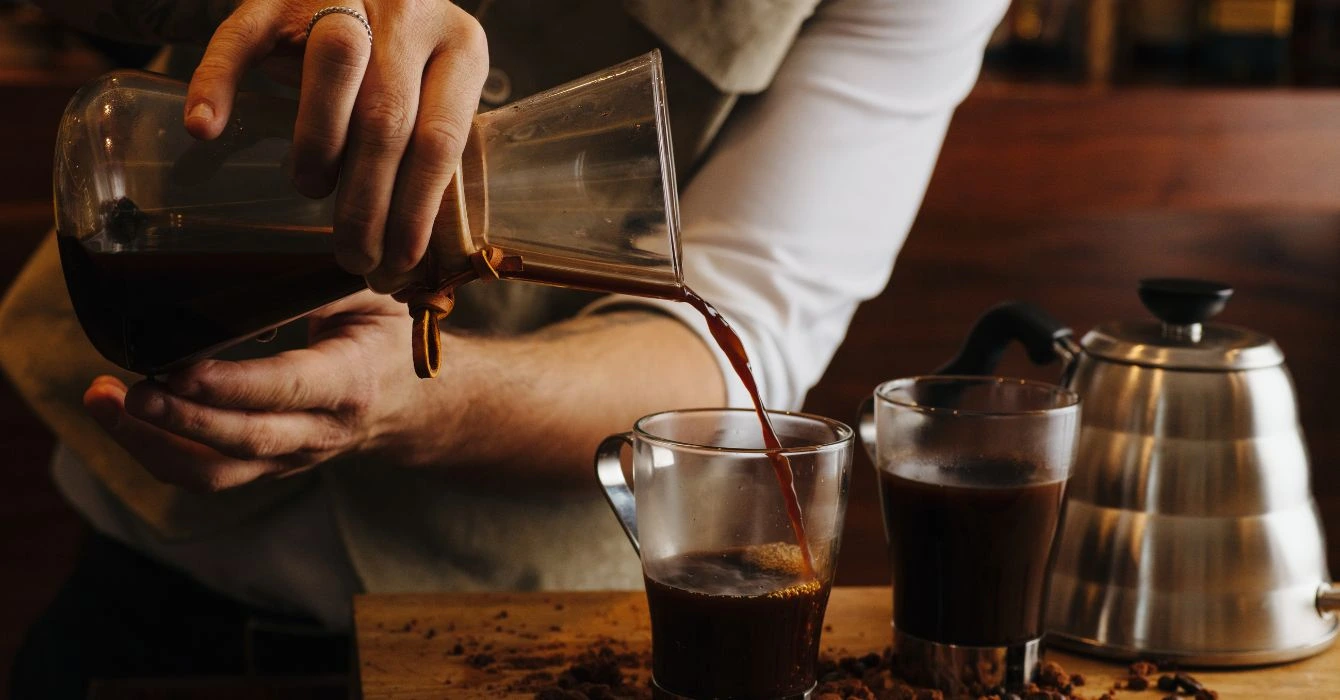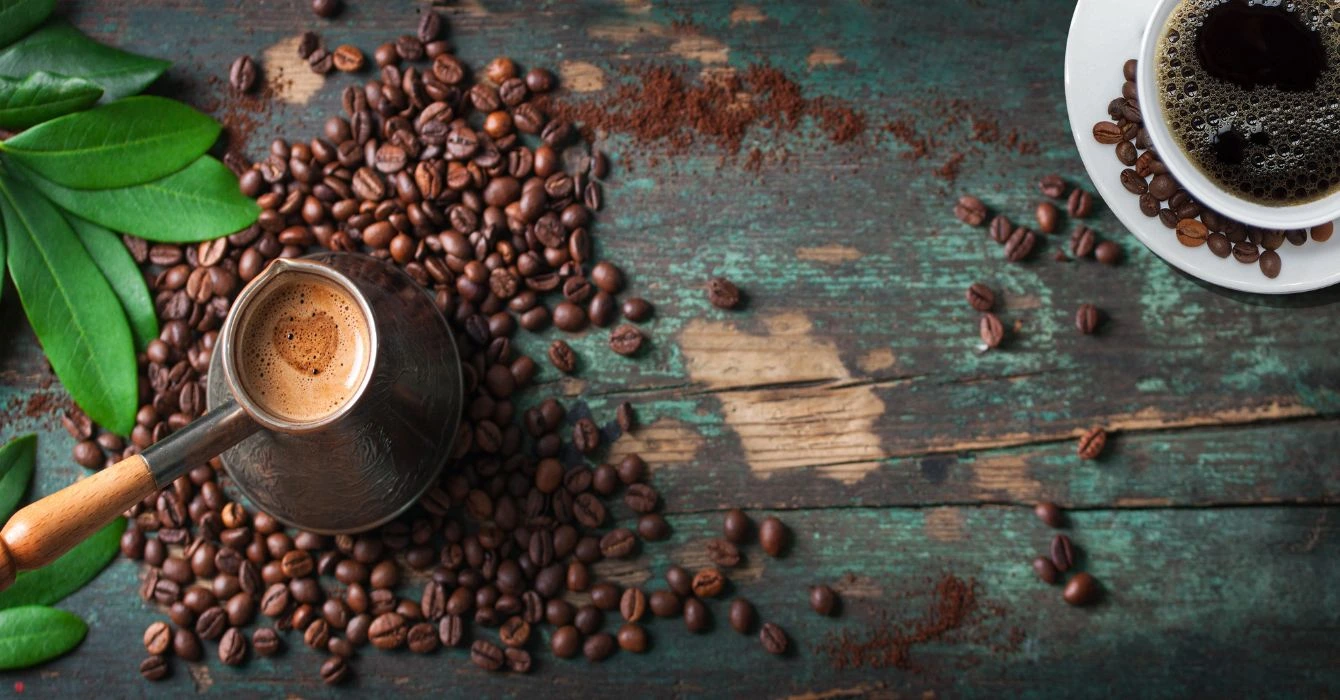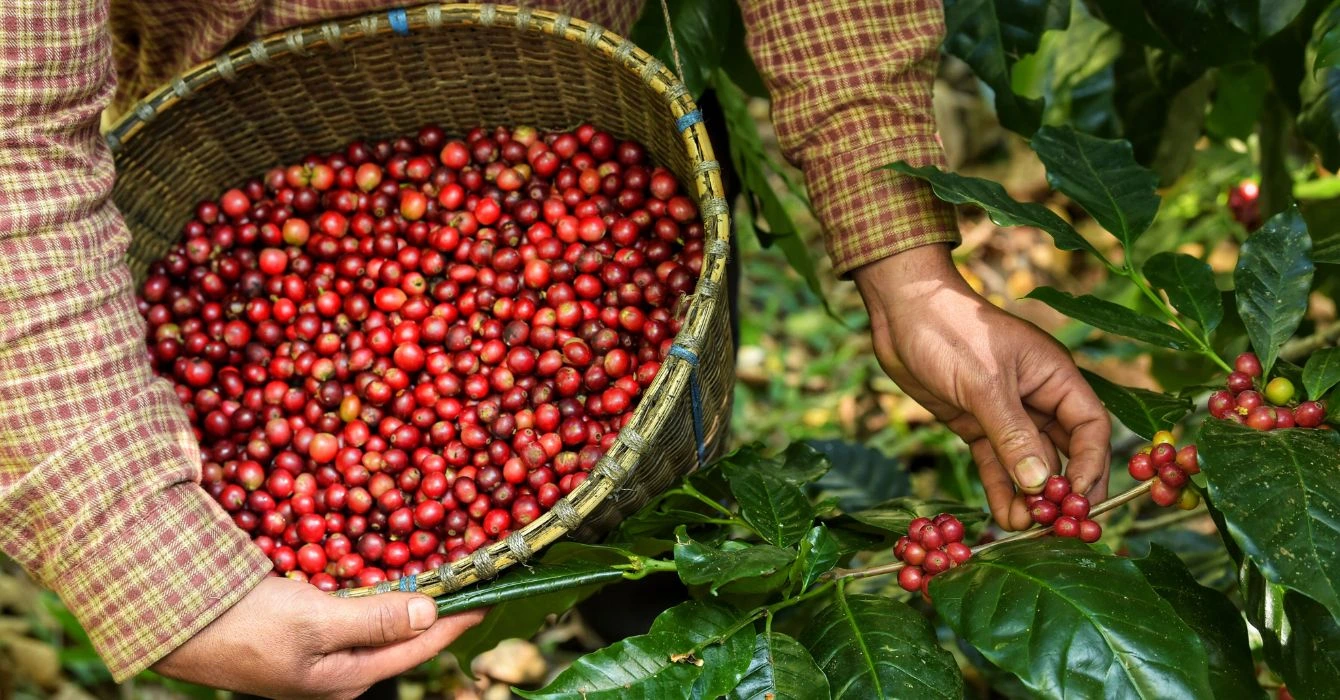How to Recognize Good Coffee? A Guide for Beginners and Beyond

Coffee is more than just a morning boost. For many, it’s a ritual, a moment of pleasure, and a way to slow down. But how do you know if the coffee you’re drinking is really good? Does price always mean quality? Or is it more about freshness and the beans themselves?
In this guide, I’ll take you through the world of coffee flavors and aromas, explain what to look for, how to avoid marketing tricks, and which coffees are worth trying.

What Makes Coffee “Good”?
1. Origin of the Beans
Every coffee has a story, and its flavor largely depends on where it was grown. Kenyan coffee can dazzle with citrusy brightness, while Nicaraguan coffee often delivers chocolatey depth and a creamy texture.
High-altitude farms (over 1500 m above sea level) allow the coffee cherries to ripen slowly, which enhances complexity and richness.
2. Variety and Processing
Like wine, the variety matters. Arabica usually offers more delicate and complex flavors than Robusta, which is stronger and more bitter.
Processing methods (natural, washed, honey) also affect flavor – natural coffees are fruitier and more intense, washed ones are cleaner and brighter.
3. Freshness
Freshly roasted coffee is essential. Even the best beans lose character if they sit on a shelf for a year. Look for coffee with a clearly marked roast date – ideally no more than a few weeks old.
How to Check Coffee Quality Before Buying
Read the Label
Good coffee packs include info about the region, farm, altitude, and processing method. If it only says “100% Arabica,” it’s not enough to fully understand what you’re buying.
Price as a Guide (But Not the Only One)
Good coffee doesn’t have to be the most expensive, but very cheap beans often mean lower quality. Think of it like wine – price isn’t everything, but knowing the origin and what makes it special matters.
Taste and Personal Preference
The ultimate test is flavor. Try different beans side by side to notice subtle differences – one may be fruitier, another chocolatey, and another floral.

What to Look for in Taste
Good coffee should be:
-
Balanced – no single note dominates
-
Clean – no off-flavors like staleness or burnt taste
-
Aromatic – the smell when grinding should be inviting
-
Complex – you may detect multiple notes: fruit, chocolate, nuts, flowers
Recommended Coffees to Try
Coffee 87+ – Selected Arabica Beans Scoring Over 87 Points SCAA
Coffee 87+ is a premium series where each batch scored over 87 points on the SCAA scale. Beans come from high-altitude farms above 1600 m, ensuring slow maturation and complex flavors. Perfect for true coffee connoisseurs who seek quality and finesse.
Kenya Kahuro AA TOP – Fresh and Fruity
Kenya Kahuro AA TOP delivers fruity, lively flavors – think blackcurrant, citrus, and floral notes. Ideal for those who enjoy fresh, bright coffee.
Nicaragua Matagalpa – Chocolatey Depth
Nicaragua Matagalpa offers creamy body with chocolate and nutty tones. Perfect for those who love comforting, dessert-like coffee experiences.

Learning to Recognize Flavors
Mindful Tasting
Approach coffee like a wine taster. Pay attention to the aroma of dry beans, the smell while brewing, the flavor of the first sip, and the aftertaste.
Comparing Different Coffees
Brew two different coffees side by side. You’ll quickly notice differences – one may be more acidic, another sweeter.
Flavor Notes
Keeping a simple coffee diary helps you track which profiles you enjoy most. Over time, you’ll be able to quickly identify quality coffee.
Conclusion
Good coffee is more than just a drink – it’s an experience. Pay attention to origin, freshness, and processing, then enjoy the journey of discovering flavors from around the world.
Start with these tried-and-true options: Coffee 87+, Kenya Kahuro AA TOP, or Nicaragua Matagalpa. Each cup offers a different adventure – from fruity brightness, through floral notes, to chocolatey richness.
